Elevate Your Property with Custom Durable Wrought Iron Gates & Fences

Durable wrought iron fences offer both exceptional strength and aesthetic appeal, making them a top…….
Understanding Wrought Iron Gates and Fences
Wrought iron gates and fences are not merely ornamental barriers but embody a blend of artistry, functionality, and durability that has stood the test of time. These structures are crafted from wrought iron, a traditional metalworking technique that involves hammering iron or steel into intricate shapes. Wrought iron is known for its malleable nature, which allows for the creation of delicate designs with a strong and resilient framework. The core components of wrought iron gates and fences include iron rods, mesh, various decorative elements like scrolls, fleur-de-lis, and finials, and the fasteners that hold them together.
Historically, wrought iron has been used since ancient times, with its peak popularity during the Renaissance and Victorian eras. It was particularly favored for its ability to be worked into patterns without losing strength, which made it ideal for both architectural and decorative purposes. Today, wrought iron gates and fences are synonymous with classic and elegant design, often found in residential and commercial properties worldwide.
Global Impact and Trends
The influence of wrought iron gates and fences transcends geographical boundaries, with a presence in various cultures and climates. In Europe, the art of wrought iron has a storied history, particularly in countries like Spain, Italy, and France, where it’s interwoven into the architectural heritage. In the Americas, from the grand estates of the Southern United States to the colonial homes in Latin America, wrought iron gates and fences are emblematic of historical charm and security.
Global trends indicate a resurgence in the appreciation for traditional craftsmanship combined with modern design elements. The demand for custom-made, handcrafted wrought iron gates and fences is on the rise, as consumers seek products that offer both aesthetic appeal and long-lasting durability. Furthermore, the adaptation of wrought iron to contemporary designs, incorporating geometric patterns and minimalist aesthetics, has opened new markets and applications.
Economic Considerations
The economic landscape of wrought iron gates and fences is multifaceted. As an investment, these structures offer a blend of cost-effectiveness and value addition to properties. They are often seen as a one-time expenditure that enhances security and curb appeal simultaneously. The market dynamics for wrought iron products are influenced by factors such as raw material costs, labor availability, and consumer preferences.
Investment patterns in luxury real estate, where wrought iron is commonly used, can be indicative of the economic health of a region. The role of wrought iron gates and fences within economic systems is significant, as they contribute to job creation in metalworking industries and support local artisans who specialize in this craft. The economic impact is further amplified when considering the maintenance and restoration services required to preserve these structures over time.
Technological Advancements
Technological advancements have had a profound impact on the production and design of wrought iron gates and fences. Modern fabrication techniques such as computer-aided design (CAD) and computer numerical control (CNC) machining allow for precise replication of traditional designs while also enabling the creation of entirely new, complex patterns. Advanced coating technologies have improved the longevity and weather resistance of wrought iron products, making them more durable against environmental factors.
The future potential of these advancements lies in the integration of smart technology. This could include features like automatic locking systems, security cameras, or even solar panels integrated into the design. The convergence of tradition and innovation is set to redefine the role of wrought iron gates and fences in modern architecture.
Policy and Regulation
The policies and regulations governing wrought iron gates and fences are primarily focused on safety, environmental impact, and historical preservation. Building codes and zoning laws often dictate the types of barriers that can be installed in various areas. In historic districts, there may be strict guidelines to ensure that any new installations complement the existing architectural style.
Legislative frameworks also address the sustainable practices in metalworking, including the sourcing of raw materials and waste management. Compliance with these regulations is crucial for businesses in the wrought iron industry to operate responsibly and ethically.
Challenges and Criticisms
Wrought iron gates and fences face challenges such as environmental degradation, maintenance requirements, and competition from alternative materials like aluminum and PVC composites. The durability of wrought iron is often counterbalanced by the need for regular upkeep to prevent rust and maintain structural integrity. Critics also point out the environmental impact of traditional ironwork due to energy-intensive production processes and potential hazardous waste generation.
To overcome these issues, the industry can invest in sustainable practices, such as using recycled materials and developing eco-friendly coatings. Additionally, promoting the historical and cultural significance of wrought iron gates and fences can enhance their value and encourage preservation efforts.
Case Studies
The Ironworks of Barcelona: The city’s iconic wrought iron balconies and street lamps are a testament to the local craftsmanship that has thrived for centuries. These structures are not only aesthetically pleasing but also embody the cultural identity of Barcelona.
New Orleans’ Wrought Iron Galleries: The French Quarter in New Orleans is renowned for its wrought iron galleries, which are a defining feature of the neighborhood’s architecture. These galleries have stood the test of time and hurricanes, showcasing the resilience and longevity of wrought iron.
Conclusion
Wrought iron gates and fences continue to be relevant in both historical preservation and contemporary design. Their global appeal, economic importance, and potential for technological integration position them as a sustainable and versatile choice for properties worldwide. As we look to the future, the balance between traditional craftsmanship and modern innovation will shape the evolution of wrought iron gates and fences, ensuring their place in architecture for generations to come.

Durable wrought iron fences offer both exceptional strength and aesthetic appeal, making them a top…….
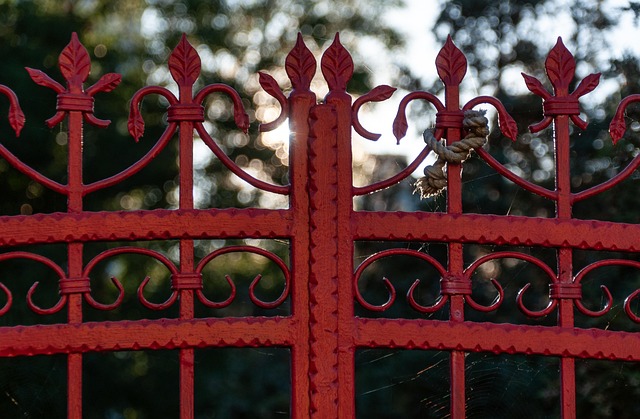
Corrosion from oxygen and moisture severely impacts the durability and aesthetics of custom wrought…….

Wrought iron, celebrated for its strength, craftworthiness, and timeless beauty, has made a comeback…….
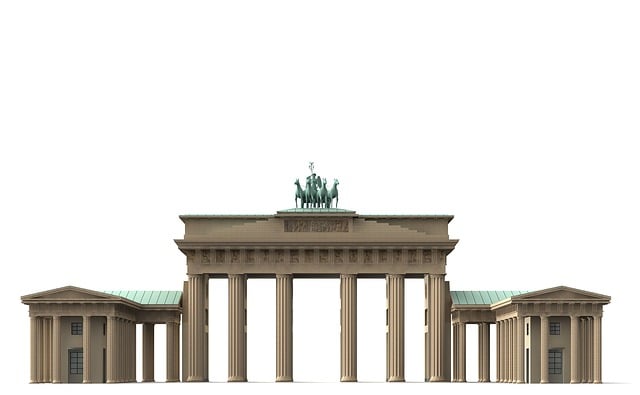
Security wrought iron fences are a timeless, versatile, and aesthetically pleasing choice for landsc…….
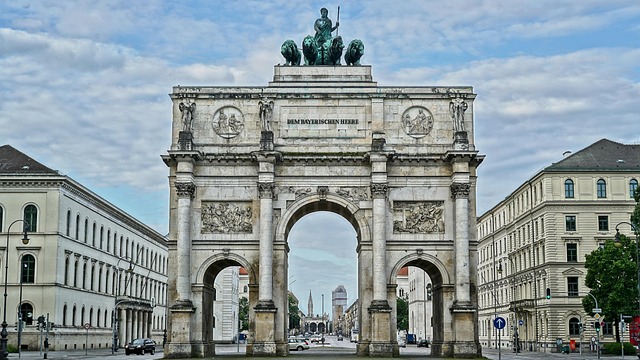
Durable wrought iron fences are renowned for their timeless elegance, security, and longevity, enhan…….
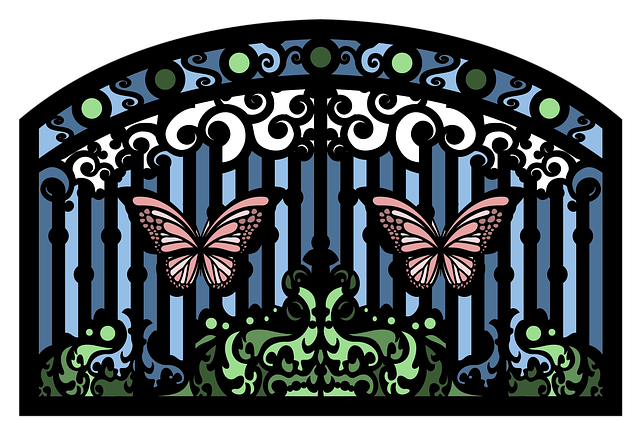
Iron gate designs, ranging from classic Victorian to modern minimalist styles, are a popular choice…….
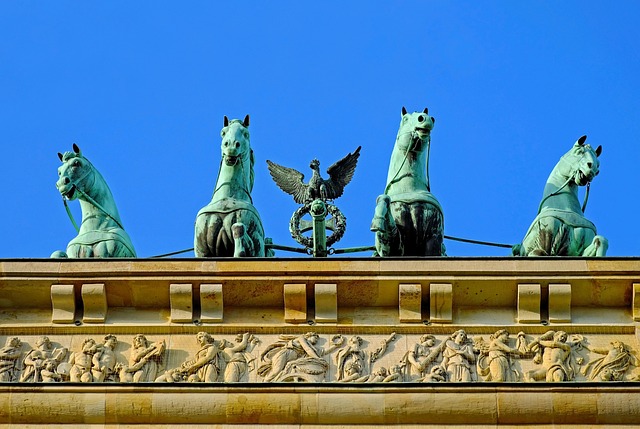
Custom wrought iron gates combine timeless beauty and modern security, offering versatile design opt…….
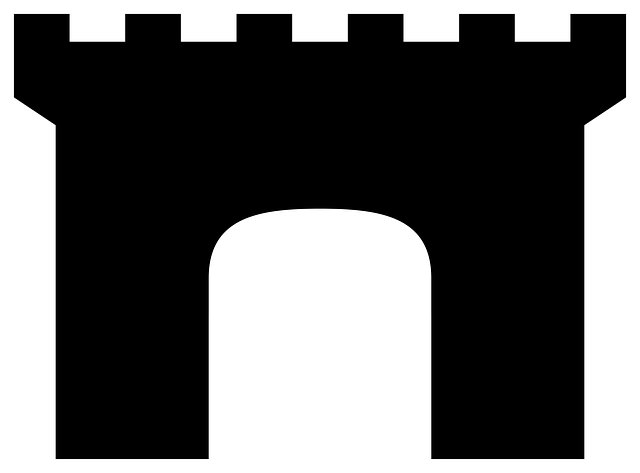
Custom wrought iron gates offer both style and security for homes, blending timeless aesthetics with…….
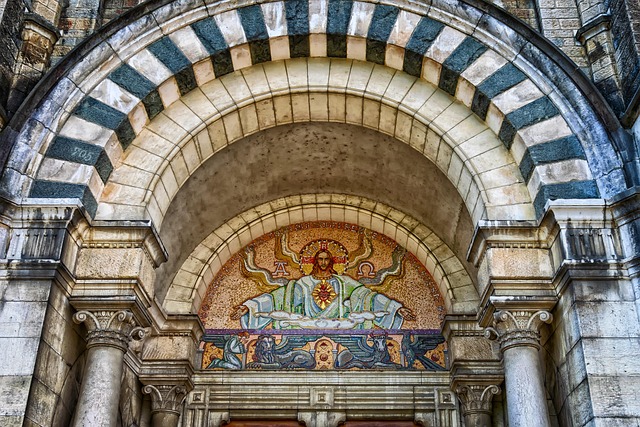
Ornamental iron gates, a centuries-old art form, have seen a resurgence with modern twists. Artisans…….
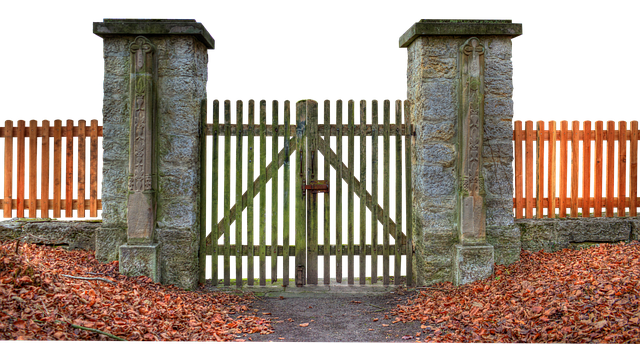
Ornamental iron gates have been a classic outdoor design element for centuries, enhancing gardens wi…….